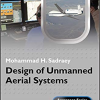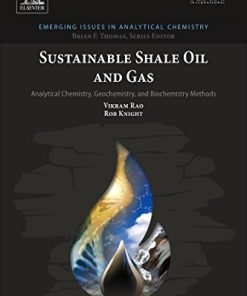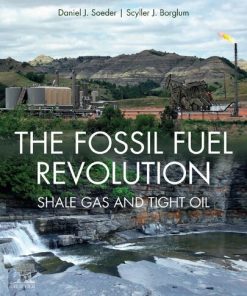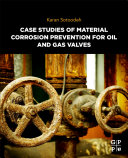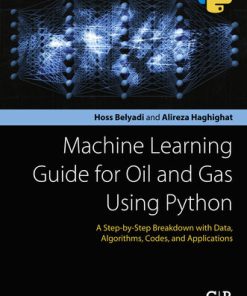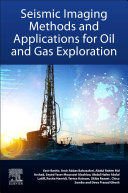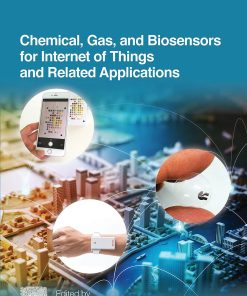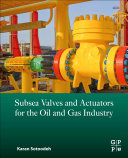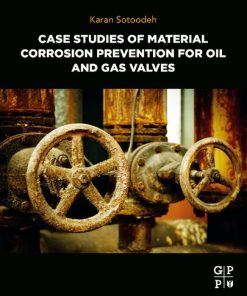Air and Gas Drilling Manual Applications for Oil Gas Geothermal Fluid Recovery Wells Specialized Construction Boreholes and the History and Advent of the Directional DTH 1st edition by William Lyons, James Stanley, Francisco Sinisterra, Tom Weller 0128157930 9780128157930
$50.00 Original price was: $50.00.$25.00Current price is: $25.00.
Air and Gas Drilling Manual: Applications for Oil, Gas, Geothermal Fluid Recovery Wells, Specialized Construction Boreholes, and the History and Advent of the Directional DTH 1st edition by William C. Lyons, James H. Stanley, Francisco J. Sinisterra, Tom Weller – Ebook PDF Instant Download/DeliveryISBN: 0128157930, 9780128157930
Full download Air and Gas Drilling Manual: Applications for Oil, Gas, Geothermal Fluid Recovery Wells, Specialized Construction Boreholes, and the History and Advent of the Directional DTH 1st edition after payment.
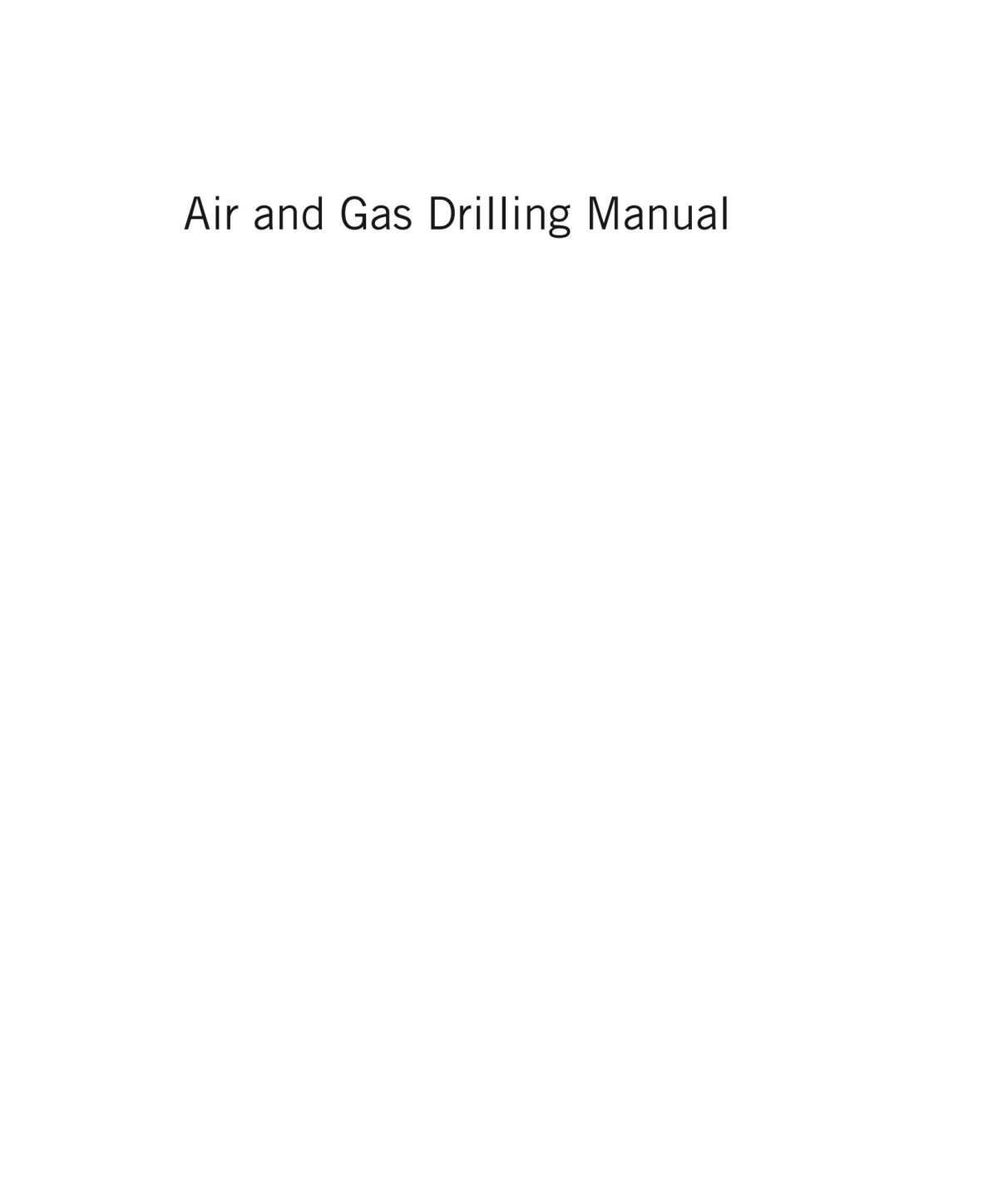
Product details:
ISBN-10 : 0128157930
ISBN-13 : 9780128157930
Author: William C. Lyons, James H. Stanley, Francisco J. Sinisterra, Tom Weller
Air and Gas Drilling Manual, Fourth Edition: Applications for Oil, Gas and Geothermal Fluid Recovery Wells, and Specialized Construction Boreholes, and the History and Advent of the Directional DTH delivers the fundamentals and current methods needed for engineers and managers engaged in drilling operations. Packed with updates, this reference discusses the engineering modelling and planning aspects of underbalanced drilling, the impacts of technological advances in high angle and horizontal drilling, and the importance of new production from shale. in addition, an in-depth discussion is included on well control model planning considerations for completions, along with detailed calculation examples using Mathcad.
Air and Gas Drilling Manual: Applications for Oil, Gas, Geothermal Fluid Recovery Wells, Specialized Construction Boreholes, and the History and Advent of the Directional DTH 1st Table of contents:
Chapter 1: Introduction, Calculation Programming, and Unit Systems
1.1. Introduction
1.2. Calculation Programming
1.3. Terminology
1.4. Unit Systems
1.4.1. Physical Mechanics
1.4.2. Basic Units and Usage
References
Chapter 2: Air and Gas Versus Mud
2.1. Rotary Drilling
2.2. Circulation Systems
2.2.1. Direct Circulation
2.2.2. Reverse Circulation
2.3. Comparison of Mud and Air Drilling
2.3.1. Advantages and Disadvantages
2.3.2. Flow Characteristics
References
Chapter 3: Surface Equipment
3.1. Drilling Location
3.2. Flow Line to the Rig
3.2.1. Bleed-Off Line
3.2.2. Scrubber
3.2.3. Water Injection Pump
3.2.4. Solids Injector
3.2.5. Valves
3.2.6. Gauges
3.2.7. Volumetric Flowrate Meters
3.3. Wellhead Equipment
3.3.1. Rotating Head
3.3.2. Blowout Prevention Stack
3.4. Flow Line From Rig
3.4.1. Blooey Line
3.4.2. Burn Pit
3.4.3. Primary and Secondary Jets
3.4.4. Sample Catcher
3.4.5. De-Duster
3.4.6. Gas Detector
3.4.7. Pilot Light
3.4.8. Solids-Gas Separator, “Gas Buster´´
References
Chapter 4: Downhole Equipment
4.1. Direct Circulation Drill Strings
4.1.1. Standard API Drill Pipe
4.1.2. Heavy-Weight Drill Pipe
4.1.3. Drill Collars
4.1.4. Stabilizers and Reamers
4.1.5. Drill Bits
PDC Bits
Roller Cutter Bits
4.1.6. Positive Displacement Motor (PDM) and Agitator
PDMs
Agitators
4.1.7. Down-The-Hole Hammer
4.1.8. DTH Air Hammer Bits
4.1.9. Evolution of the Directional DTH
The Javins Corporation
Discoveries of the Marcellus and the Utica Shales
Directional DTHs
4.2. Reverse Circulation Drill Strings
4.2.1. RC Dual Wall Pipe Drill String
4.2.2. RC Down Hole Hammers
4.2.3. RC Down Hole Bits (DHBs)
4.2.4. Reverse Circulation Applications
Retaining Walls
Vestfold Railway Line in Norway
References
Chapter 5: Compressors and Nitrogen Generators
5.1. Compressor Classification
5.2. Standard Units
5.3. Continuous Flow (Dynamic) Compressors
5.3.1. Centrifugal Compressors
5.3.2. Axial-Flow Compressors
5.4. Intermittent (Positive Displacement) Compressors
5.4.1. Reciprocating Compressors
5.4.2. Rotary Compressors
Sliding Vane Compressors
Helical Lobe (Screw) Compressors
Liquid Piston Compressors
5.4.3. Summary of Positive Displacement Compressors
5.5. Compressor Shaft Power Requirements
5.5.1. Basic Single-Stage Shaft Power Requirement
5.5.2. Multistage Shaft Power Requirements
5.6. Prime Mover Input Power Requirements
5.6.1. Compressor System Units
Primary Compressor System Unit
Booster Compressor System Unit
5.6.2. Reciprocating Compressor Unit
5.6.3. Rotary Compressor System Unit
5.6.4. Fuel Consumption
Summary
5.7. Example Compressor System Units
5.7.1. Small Reciprocating Primary and Booster Compressor System
5.7.2. Four-Stage Reciprocating Compressor System
5.7.3. Rotary Primary and Reciprocating Piston Booster Compressor System
5.8. Membrane Field Nitrogen Generator
5.8.1. Allowable Oxygen Concentrations
5.8.2. Membrane Unit Efficiencies
References
Chapter 6: Direct Circulation Models
6.1. Basic Assumptions
6.2. General Derivation
6.2.1. Weight Rate of Flow of the Gas
6.2.2. Three-Phase Flow in the Annulus
6.2.3. Two-Phase Flow Through the Bit
6.2.4. Two-Phase Flow in the Drill String
6.3. Aerated Fluid Drilling Model
6.4. Stable Foam Drilling Model
6.5. Air and Gas Drilling Model
6.6. Down The hole Hammer (DTH) Piston Motion Models
References
Chapter 7: Reverse Circulation Models
7.1. Basic Assumptions
7.2. General Derivation
7.2.1. Weight Rate of Flow of the Gas
7.2.2. Three-Phase Flow in the Drill String
7.2.3. Three-Phase Flow Through the Bit
7.2.4. Two-Phase Flow in the Annulus
7.3. Aerated Fluid Drilling Model
7.4. Stable Foam Drilling Model
7.5. Air and Gas Drilling Model
7.6. Down Hole Hammer (DHH) Piston Motion Models
References
Chapter 8: Air, Gas, and Unstable Foam Drilling
8.1. Deep Well Planning
8.2. Minimum Volumetric Flow Rate and Compressor Selection
8.2.1. Discussion of Theories
8.2.2. Engineering Practice
8.2.3. Engineering Planning Graphs
Specific Weight of Air at API Standard Conditions (USCS Units)
Specific Weight of Air at 4000 ft Above Sea Level (USCS Units)
Minimum Volumetric Flow Rate at 4000 ft (USCS Units)
Number of Primary Compressor Units Required (USCS Units)
Specific Weight of Air at API Standard Conditions (SI Units)
Specific Weight of Air at 1219 m Above Sea Level (SI Units)
Minimum Volumetric Flow Rate (SI Units)
Number of Primary Compressor Units Required (SI Units)
Openhole Absolute Surface Roughness
Blooey Line
Number of Primary Compressor Units Required (USCS Units)
Number of Primary Compressor Units Required (SI Units)
8.3. Bottom Hole and Injection Pressures
8.4. Water Injection and Formation Water Influx
8.4.1. Saturation of Air at Bottomhole Conditions
8.4.2. Eliminate Stickiness
8.4.3. Suppression of Hydrocarbon Ignition
8.5. Prime Mover Fuel Consumption
8.6. Conclusions
References
Chapter 9: Aerated Fluids Drilling
9.1. Deep Well Drilling Planning
9.2. Aerated Fluids Drilling Operations
9.2.1. Drill Pipe Injection
9.2.2. Annulus Injection
9.2.3. Advantages and Disadvantages
9.3. Minimum Volumetric Flow Rates
9.3.1. Discussion of Theories
Terminal Velocities
9.3.2. Engineering Practice
Minimum Incompressible Fluid Volumetric Flow Rate (USCS Units)
Minimum Incompressible Fluid Volumetric Flow Rate (SI Units)
9.4. Nonfriction and Friction Illustrative Examples
9.4.1. Nonfriction Approximation
9.4.2. Major and Minor Losses for Homogeneous Multiphase Flow
9.4.3. Major and Minor Losses and the Effect of Fluid Holdup
Liquid Holdup
9.5. Conclusions
References
Chapter 10: Stable Foam Drilling
10.1. Stable Foam Rheology
10.1.1. Laboratory Stable Foam Screening
10.1.2. Empirical Algorithm for Screening
10.2. Deep Well Drilling Planning
10.3. Stable Foam Drilling Operations
10.4. Minimum Volumetric Flow Rates
10.5. Nonfriction and Friction Illustrative Examples
10.5.1. Nonfriction Approximation
10.5.2. Major and Minor Friction Losses
10.6. Conclusions
References
Chapter 11: Mathcad Field Example Comparisons
11.1. Directional DTH in the Appalachian Region
11.2. Reverse Circulation DHH Secant Boreholes
11.3. Underbalanced Shallow Three-Well Solution
People also search for Air and Gas Drilling Manual: Applications for Oil, Gas, Geothermal Fluid Recovery Wells, Specialized Construction Boreholes, and the History and Advent of the Directional DTH 1st:
air drilling oil and gas
air rotary drilling diagram
compressed air and gas handbook pdf
b&g air separator installation
b&g manual air vent
Tags: Gas Drilling, Manual, Applications, Oil, Gas, Geothermal, Recovery Wells, Construction Boreholes, the History, William Lyons, James Stanley, Francisco Sinisterra, Tom Weller
You may also like…
Business & Economics - Industries
The International Political Economy of Oil and Gas 1st Edition Slawomir Raszewski
Engineering
Computers - Artificial Intelligence (AI)
Engineering
Chemical, Gas, and Biosensors for Internet of Things and Related Applications Kohji Mitsubayashi
Business & Economics - Industries
Subsea Valves and Actuators for the Oil and Gas Industry 1st Edition
Engineering - Energy & Power Resources
Case Studies of Material Corrosion Prevention for Oil and Gas Valves 1st Edition



